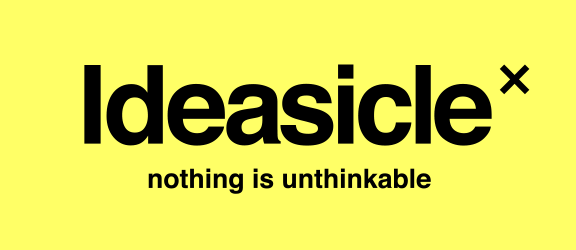How Forgetting What’s “Right” Creates What’s Next
It’s the idea that hit me like a cymbal crash during a Danny Jones podcast this morning. The guest? An historian and amateur archaeologist, Matthew LaCroix—a man without the formal training (or programmed “ought-tos”) of professional archeologists—out-thinking and out-discovering schooled archeologists precisely because he never learned, or never cared, what wasn’t “allowed.” It’s the paradox: Not knowing “the rules” can make you the most original thinker in the room.
The Theory: Rules Are Roadblocks (Sometimes)
We live in a rule-obsessed world—handbooks, “best practices,” conventional wisdom. Rules can be the bumper rails keeping the ball in play. But what if you want the ball to break through those rails and, I dunno, fly off the table? Science tells us this isn’t reckless, but is essential for breakthrough creativity. Knowing too many rules can lock us in mental patterns tighter than the E string on my guitar. Sometimes, ignorance really is creative bliss.
Beatles, Basquiat, and Beyond: Famous “ignorant” Moments
Take the Beatles. They couldn’t read music. Not a note. And because of that (not in spite of it) they ripped up the metaphorical and actual musical playbook. Chord progressions Bob Dylan called “crazy.” Harmonies you’d only hear from classical composers—except Lennon and McCartney didn’t realize those “weren’t allowed” in pop. My favorite: Paul McCartney, staring at the sheet music (literally, the rules) to “Golden Slumbers” in a family home, unable to read it, making up his own melody on the spot. One of the most beautiful tracks on Abbey Road, born from pure, rule-free instinct.
Or look at outsiders in science. Tu Youyou, armed more with curiosity than convention, invented today’s most powerful malaria drug after Western-trained doctors shrugged. John Hopfield, a physicist with no neuroscience credentials, created the Hopfield Network and changed brain science forever.
Tech rebels? Steve Jobs (college dropout), Jack Dorsey (trained as an artist/designer, not in code). Both built empires by acting like nobody handed them the “startup rules” memo.
Art? Jean-Michel Basquiat, never trapped by the traditions of the academy, forged an entirely new visual dialect because he wasn’t burdened by how you’re “supposed” to paint.
New rule: no rules
Here’s where this gets practical—because, let’s face it, most of us know too many rules already.
Impose Bizarre Constraints: Want new thinking? Set artificial barriers—use only three words, paint with your non-dominant hand, pitch an idea minus the main “must-have.” Odd constraints force original work because they are new rules.
Assumption-Busting: Get stubbornly curious. Ask “why” until you hit an answer that just sounds silly. Why do proposals need a PowerPoint deck? Why can’t we launch in an untested channel? Act like a 5 year and “why” yourselves to death.
Get in Trouble: Seek the opposite of the “safe” answer. Bring a devil’s advocate into your brainstorming. Hire a wild card, or just play that role yourself. We do this all the time when constructing teams for Ideasicle X.
Change It Up: Physically move—work from somewhere new, or just alter your daily routine. Habits are where rules hide; disrupt them and watch ideas tumble out. Even imagining yourself somewhere is proven to work—it’s called creating “psychological distance.”
Rules Weren’t Made for Creativity (They Were Made to Be Broken_
The best ideas in music, tech, art, advertising, and even science are rarely found while coloring inside someone else’s lines. They come from those brazen, blissfully ignorant, or willfully contrarian enough to ask—not “what am I supposed to do?”—but “what if I didn’t?”
Maybe you won’t accidentally write the next “Golden Slumbers.” But you might, just by breaking your own rules, invent something no one’s seen before. And isn’t that the real point?
You’ll know it worked when new rules must be written.
Will Burns is the Founder & CEO of the revolutionary virtual-idea-generating company, Ideasicle X. He’s an advertising veteran from such agencies as Wieden & Kennedy, Goodby Silverstein, Arnold Worldwide, and Mullen. He was a Forbes Contributor for nine years writing about creativity in modern branding. Sign up for the Ideasicle Newsletter and never miss a post like this. Will’s bio.


